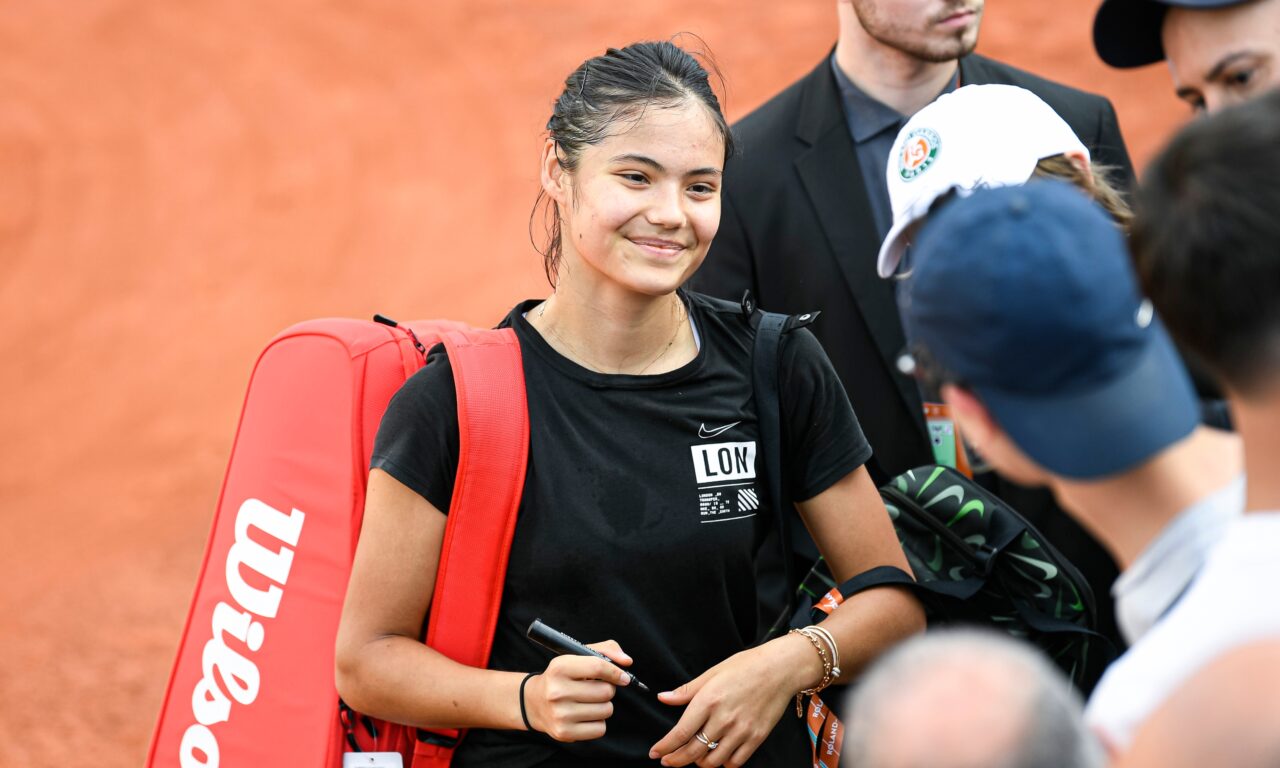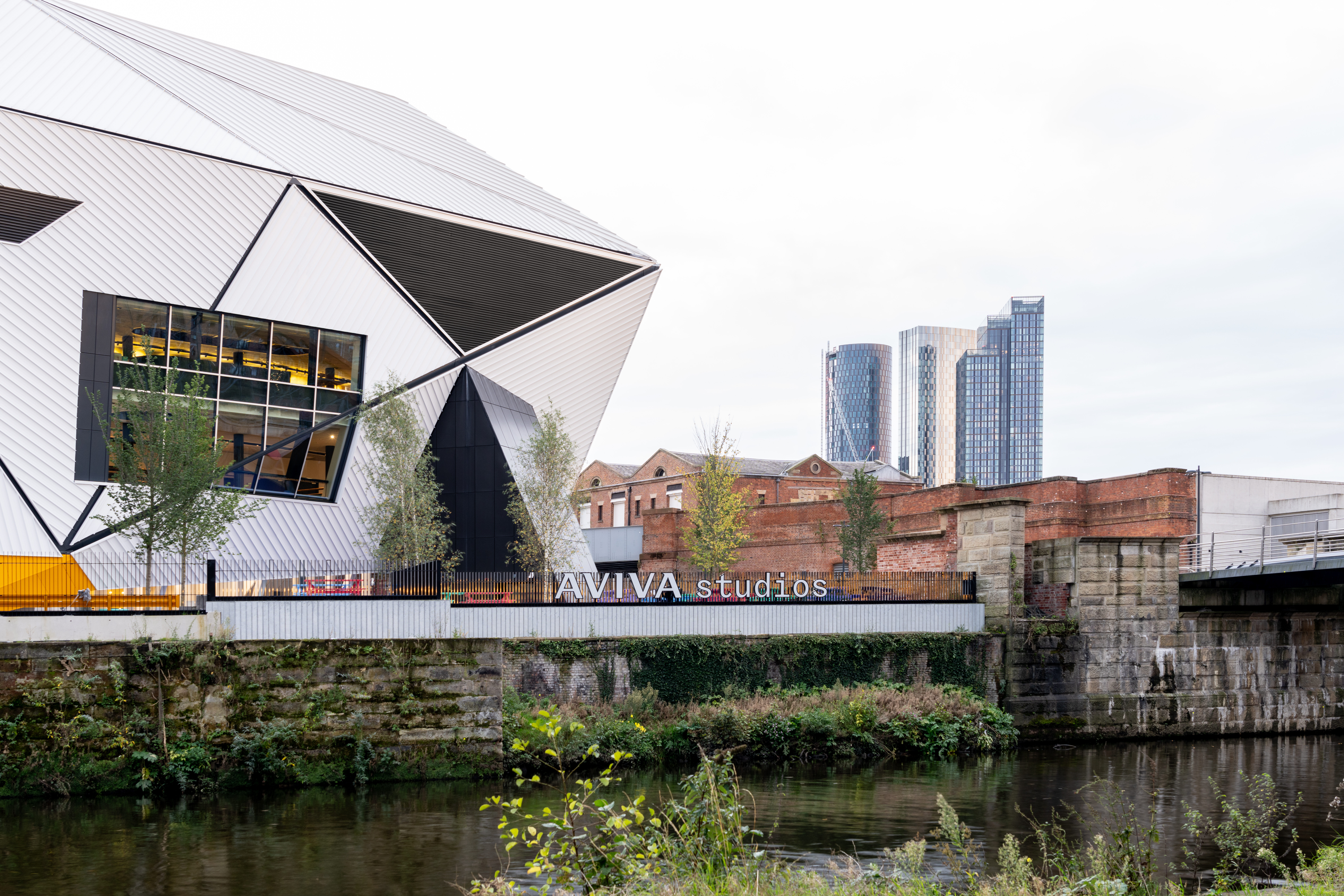What Emma Raducanu’s Vodafone exit teaches us about sponsorship value

Emma Raducanu’s rise to global stardom was nothing short of meteoric. At 18, she became the first qualifier in history to win a Grand Slam, capturing the US Open and the hearts of millions. Her poise and effortless charisma made her a marketer’s dream and the sponsorship value followed fast. Porsche, Dior, Tiffany & Co., British Airways, Evian, Vodafone. The partnerships were high-profile and high-value.
But now, just two years on, Vodafone has reportedly ended its deal with Raducanu. The reason? Negotiations are said to have broken down over financial demands.
At first glance, it might seem a logical move. Raducanu has battled injuries, slipped down the rankings, and hasn’t matched the heights of that breakthrough moment in New York. But is cutting ties the right call or a short-sighted move that undervalues everything else she brings?
Ultimately, this is a reminder that sponsorship value is not just what you’re worth, it’s how well you can demonstrate it.
Sponsorship value is more than reach — and more than results
For sponsorship value, reach is essential. So are results. But neither tells the full story.
When performance dips or headlines fade, what else do you offer a sponsor? If your value is defined purely by visibility or winning, you're building on shaky ground.
This is especially true for athletes, artists, festivals, and organisations whose greatest assets may not always be quantifiable. Raducanu, for example, still commands a global, highly engaged fanbase. Her authenticity, intelligence, and cross-cultural appeal make her unique. Her advocacy for causes like food poverty signals purpose. These are not soft add-ons — they’re central to brand alignment.
Vodafone may have looked at the recent tournament record and asked whether the price tag still made sense. But in doing so, have they undervalued everything else she represents?
How to define your real value
To avoid this kind of misalignment, you need a holistic view of sponsorship value, one that includes visibility and media exposure, yes, but also cultural relevance, purpose, and impact.
That’s why The Sponsor uses a Fair Market Valuation (FMV) framework when assessing the true commercial value of Premier League club sponsorships.
The FMV framework evaluates sponsorship value across three key pillars of sponsorship strength:
-
Reputation – history, quality, cultural relevance, infrastructure.
-
Audience – reach, frequency, demographics, and engagement.
-
Contribution – sustainability, community impact, support for youth and women’s sport, fan relationship.
It’s this final category ,contribution, where many individuals and organisations can truly differentiate themselves. These aren’t vanity metrics; they’re traits brands care deeply about.
Value is knowing what sets you apart
A robust, well-rounded valuation doesn’t just help you set your price. It helps you understand your positioning. What makes you different? Where do you outperform competitors? What kind of brands will you deliver the most value for?
The answer might not lie in your social following or your win-loss record — it might lie in your story, your purpose, your fans, and your lived values. Understanding this allows you to approach the right sponsors, with the right message, at the right price.
Raducanu may never have another US Open run. But that doesn’t mean her value is gone. Like many properties in sport and culture, her worth goes well beyond the leaderboard. The real challenge is demonstrating it.










